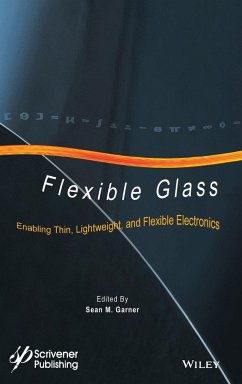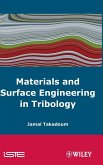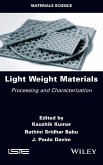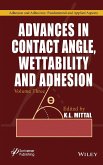Provides the reader how to apply flexible glass applications that are not possible or practical to address with alternative substrate materials. Examples of technology areas include displays, touch sensors, lighting, backplanes, and photovoltaics. Built on more than 10 years of valuable discussions and collaborations focused on truly defining what flexible glass means in the context of the emerging electronic and opto-electronic applications, this book provides a broad overview as well as detailed descriptions that cover flexible glass properties, device fabrication methods, and emerging applications. It provides the basis for identifying new device designs, applications, and manufacturing processes for which flexible glass substrates are uniquely suited and encourages and enables the reader to identify and pursue advanced flexible glass applications that do not exist today and provides a launching point for exciting future directions. The chapters are grouped into three sections. The first focuses on flexible glass and flexible glass reliability and has three chapters with authors from Corning. The second section focuses on flexible glass device fabrication which includes chapters on roll-to-roll processing, vacuum deposition, and printed electronics. These chapters are authored by established experts in their respective fields that have extensive experience in processing flexible glass substrates in toolsets that range from research to pilot scale. The third section focuses on flexible glass device applications and includes chapters on photovoltaics, displays, integrated photonics, and microelectronics integration. These are authored by experts with direct experience in fabricating and characterizing flexible glass devices. The diverse list of authors and their depth of experience in working with a variety of material systems, processes, and device technologies significantly adds valuable context to the overall flexible glass discussion. "This book represents a major contribution to the field. The long-incubated flexible glass revolution is upon us". --Peter L. Bocko, from the Foreword Audience The core market for this book is scientists, engineers, professors and students working in the field of flexible electronics and opto-electronics. This includes personnel at university research labs, corporate research and development labs, and national labs.
Hinweis: Dieser Artikel kann nur an eine deutsche Lieferadresse ausgeliefert werden.
Hinweis: Dieser Artikel kann nur an eine deutsche Lieferadresse ausgeliefert werden.








